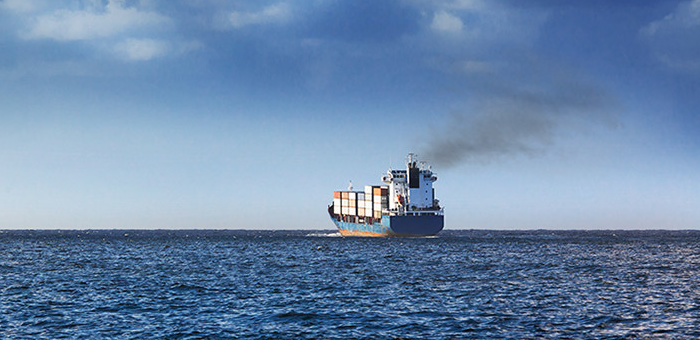IBIA informed it has submitted a document to IMO’s intersessional working group (ISWG) in July, to assist ship operators who opt to comply with the 0.50% sulphur limit by using oil-based fuel oil by describing options available for cleaning fuel oil tanks and systems. The document also contains observations on dealing with the impact of possible non-availability of fuel oil meeting the 0.50% sulphur limit.
The week-long meeting, to take place on 9-13 July at IMO headquarters in London, will work on guidelines to ensure consistent implementation of the 2020 sulphur cap, and it has been agreed that guidelines pertaining to “preparatory and transitional issues” need to fast-tracked so they can be adopted by the IMO’s MEPC in October this year.
Ship implementation planning for 2020 needs to include calculations for the time needed for ships to “be fully flushed of all fuel oils exceeding the applicable sulphur content” prior to entry into force of the regulation, and a description of how to deal with and limit the impact of possible non-availability of fuel oil complying with the 0.50% sulphur limit after that date.
The majority of ships are expected to use oil-based fuel oils for compliance with the 2020 sulphur cap. Most of these ships will have been using high viscosity high sulphur fuel oil (HSFO) based primarily on residual fuel oils.
Such fuels tend to stick to the inside of fuel tanks forming layers of semi-solid substances containing sediments and asphaltenic sludge; some such residues will also typically have solidified and settled in various parts of the fuel oil service system including pipelines, settling and service tanks, according to IBIA.
It will therefore be necessary, IBIA notes, to clean ships’ fuel oil tanks and fuel oil service systems prior to 1 January 2020, as simply loading compliant fuel into empty fuel tanks that have not been cleaned could cause both operational risks to ships and risk non-compliance with the 0.50% sulphur limit, as such remaining HSFO residues sticking to various surfaces may dissolve/dislodge.
It is therefore not recommended to simply load compliant fuel directly into tanks previously used for HSFO or to start flushing through the fuel oil service system to achieve compliance, without taking preparatory and precautionary steps.
Fuel oil tanks should be cleaned on a regular basis on ships to remove built-up sediments and sludge, usually during dry docking and whenever inspections of the fuel tanks are due.
However, leading up to 1 January 2020, it would not be practicable for the majority of the global fleet that has been running on HSFO to undergo dry docking during a very short period, hence other options for cleaning tanks and fuel oil systems during service will need to be considered.
In response, IBIA’s document describes options available to ships to undertake for tank cleaning, approximate timelines associated with each method, and highlights considerations.






























































